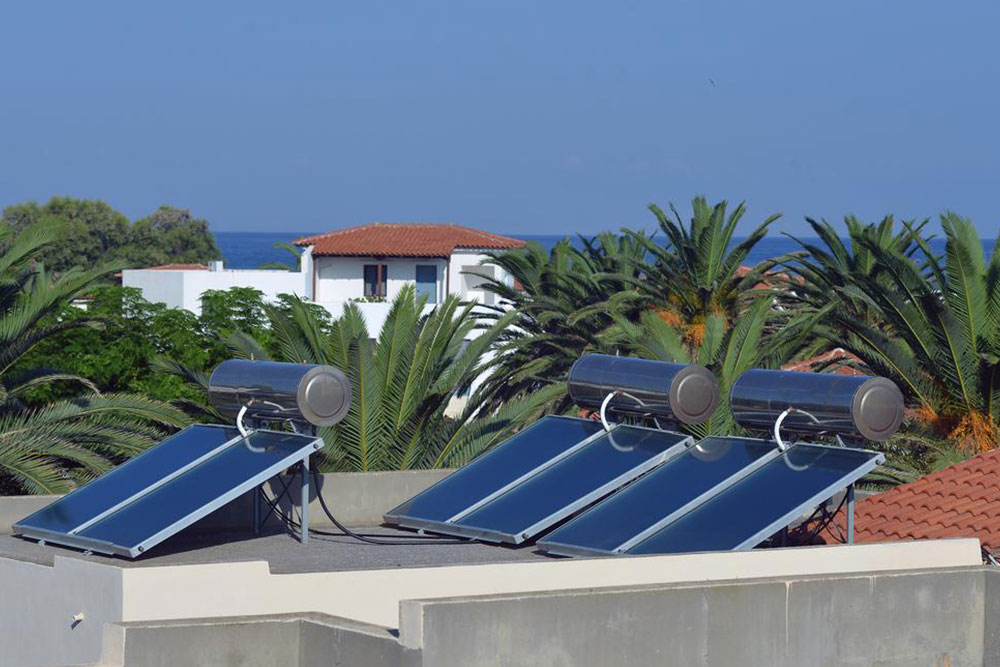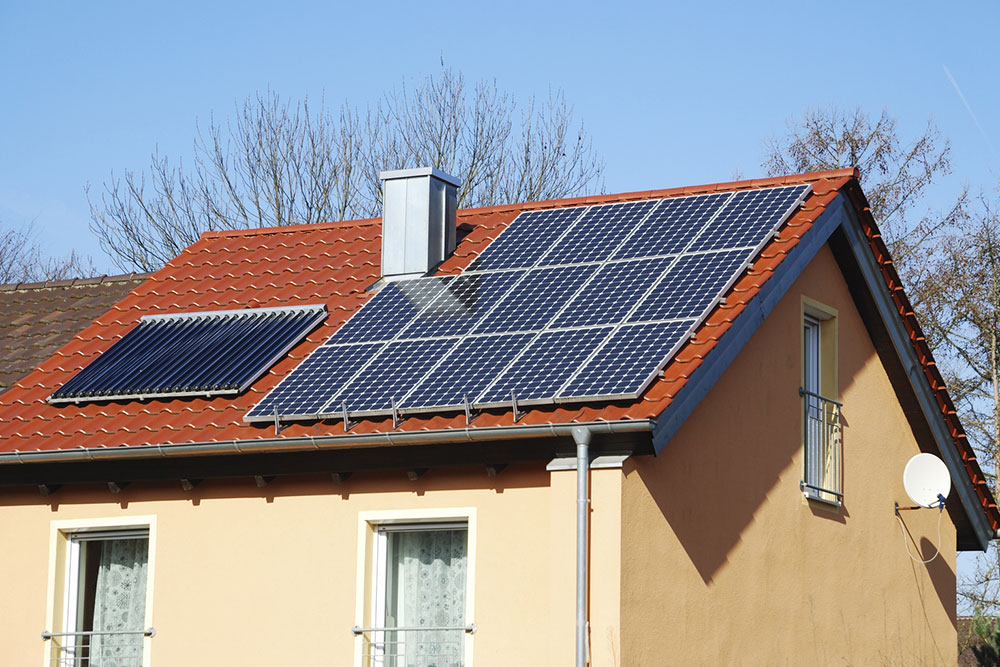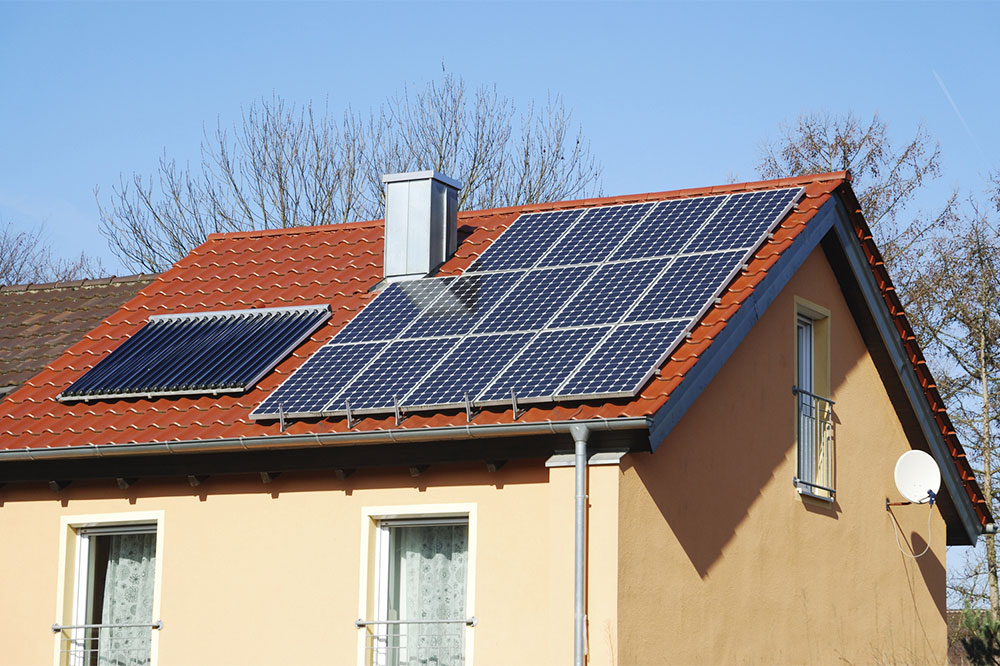A Comprehensive Guide to Solar Panels: Why They Matter and How to Choose the Best One for Your Home
This comprehensive guide explains the importance of solar panels, their types, and how to choose the best one for your home. It covers efficiency, size, cost considerations, and professional installation advice to help you make an informed decision. Embrace sustainable energy with insights into modern solar technology and maximize your investment in renewable power.

A Comprehensive Guide to Solar Panels: Why They Matter and How to Choose the Best One for Your Home
In recent years, a shift towards sustainable and renewable energy sources has gained tremendous momentum, driven by technological advancements, environmental concerns, and the rising costs of traditional energy. As the world seeks cleaner alternatives to fossil fuels, solar power has emerged as one of the most promising solutions. Solar panels, devices designed to convert sunlight into electricity, play a crucial role in this transition, offering a sustainable and cost-effective way to power homes, businesses, and even entire communities.
The adoption of solar technology is growing rapidly, and understanding the fundamentals of solar panels is essential for homeowners and investors alike. These systems are primarily composed of solar cells that capture sunlight and transform it into usable electrical energy. The efficiency, size, and type of solar panel you choose can significantly impact your energy production, savings, and environmental footprint. As the demand for solar solutions increases, so does the variety of options available, making it vital to understand the key factors that influence their effectiveness and suitability for different applications.
Most solar photovoltaic (PV) systems worldwide—approximately 90%—rely on silicon-based solar cells. These cells come in different forms, each with unique features, efficiencies, and costs. The most common types are monocrystalline, polycrystalline, and thin-film solar panels. These variations influence performance, installation space, and budget considerations, so selecting the right type depends on specific needs and constraints.
Silicon-based solar cells are valued for their durability and high conversion efficiency. Monocrystalline solar panels are known for their high efficiency rates, typically ranging from 15% to 22%, making them ideal for limited space or places where maximizing energy generation is critical. Their uniform dark appearance and higher cost are often offset by their superior performance, especially in minimal space scenarios. Polycrystalline panels, on the other hand, tend to be slightly less efficient but are more affordable and easier to manufacture, making them popular among budget-conscious consumers.
Beyond the type of solar cell, other important factors to consider include wattage, size, cost, and installation requirements. Solar panels are rated according to their power output, measured in watts (W). Typical residential panels range from 180W to 350W, with higher wattage panels providing more energy within the same footprint. Most panels share similar dimensions—roughly 65 inches by 39 inches—but their actual power output can vary based on manufacturing quality and technological advancements.
When choosing solar panels, it’s essential to consider your specific energy needs, available space, and budget. For homes with limited roof space, high-efficiency monocrystalline panels can maximize energy generation. Conversely, if space is ample and cost is a primary concern, polycrystalline or even thin-film solar panels may be suitable options. Thin-film panels, which are lightweight and flexible, are particularly advantageous for unconventional surfaces or portable applications but are generally less efficient and less common in residential setups.
Before proceeding with installation, consulting with a professional solar installer is highly recommended. An experienced technician can analyze your property, calculate your energy requirements, and recommend the most suitable system configuration. They will also ensure proper installation and integration with your existing electrical setup, helping you achieve optimal performance and savings over the system’s lifespan.
Solar technology continues to evolve rapidly, with ongoing innovations aimed at improving efficiency, reducing costs, and expanding applications. From traditional crystalline panels to emerging perovskite solar cells, the future of solar power looks promising. By understanding the core concepts and available options, you can make informed decisions that benefit both your wallet and the environment.
In conclusion, solar panels are not just a trend but a vital component of sustainable energy infrastructure. They offer a practical, eco-friendly way to reduce carbon emissions, lower electricity bills, and increase energy independence. Whether you're considering a small residential system or a large commercial installation, understanding the different types of solar panels and their features will help you select the most effective solution for your needs. Investing in solar energy is not only an investment in your property but also a step towards a cleaner, greener future for everyone.





